

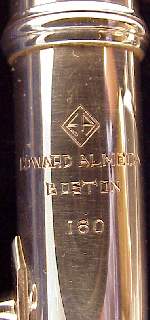 |
Edward Almeida
|
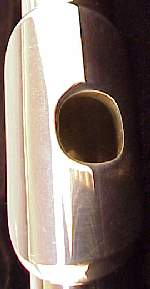
|
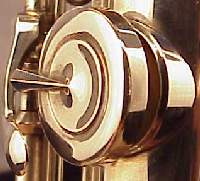 |
 |
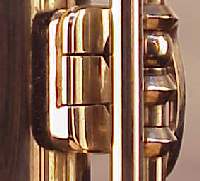 |


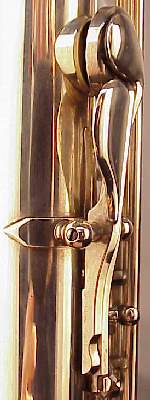 This
flute was purchased from Israel
Borouchoff who was born and trained in Bulgaria, immigrated to
Israel in 1949, came to study at the Julliard School of Music in the
United States in 1955, went on to play solo
flute with the St. Louis Symphony and the Chamber Symphony of
Philadelphia, and eventually retired to Colorado as
Professor Emeritus from Michigan State University. He
commissioned
this flute from Edward Almeida in 1972. He said of Almeida, "I
always
admired his meticulous attitude and modesty." Unlike many premier
flute makers, "He was the first one to admit that his headjoints could
stand improvement, and was open to ideas in his own sweet and humble
manner."
Of course many a flute player found the traditional headjoint cut Ed
learned
from Verne quite good enough.
This
flute was purchased from Israel
Borouchoff who was born and trained in Bulgaria, immigrated to
Israel in 1949, came to study at the Julliard School of Music in the
United States in 1955, went on to play solo
flute with the St. Louis Symphony and the Chamber Symphony of
Philadelphia, and eventually retired to Colorado as
Professor Emeritus from Michigan State University. He
commissioned
this flute from Edward Almeida in 1972. He said of Almeida, "I
always
admired his meticulous attitude and modesty." Unlike many premier
flute makers, "He was the first one to admit that his headjoints could
stand improvement, and was open to ideas in his own sweet and humble
manner."
Of course many a flute player found the traditional headjoint cut Ed
learned
from Verne quite good enough.
While in London in 1975 Israel visited the shop of another legendary flutemaker, Albert K. Cooper, tried a dozen or so headjoints with the flute, and chose the one he liked best. Heavily overcut (just look at the top right photo), the headjoint and flute combination produces a huge, resonant, centered sound with so little resistance you feel as though you could make trouser legs flap on the front row if your lungs were just a little bigger. The original headjoint, alas, went to a student and has since been sold into oblivion.
Like the sound, even the holes in the
perforated
keys feel larger than normal, but this may be an illusion brought on by
feeling the air vibrations with the fingertips or due to the shape of
the
surrounding key mechanism and its smooth, light action.
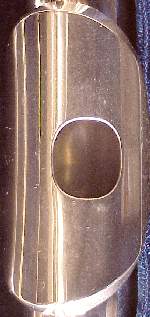 My gratitude to Morbiim for passing along his Almeida
headjoint to me! The match to this body is excellent and, thanks
to the conservative Boston cut, the flute finally speaks with the
appropriate accent. (Heah in the deep South we have little use
foah the lettah "Ah" aftah a vowel, eithah.)
My gratitude to Morbiim for passing along his Almeida
headjoint to me! The match to this body is excellent and, thanks
to the conservative Boston cut, the flute finally speaks with the
appropriate accent. (Heah in the deep South we have little use
foah the lettah "Ah" aftah a vowel, eithah.)Images © J. W. Sallenger